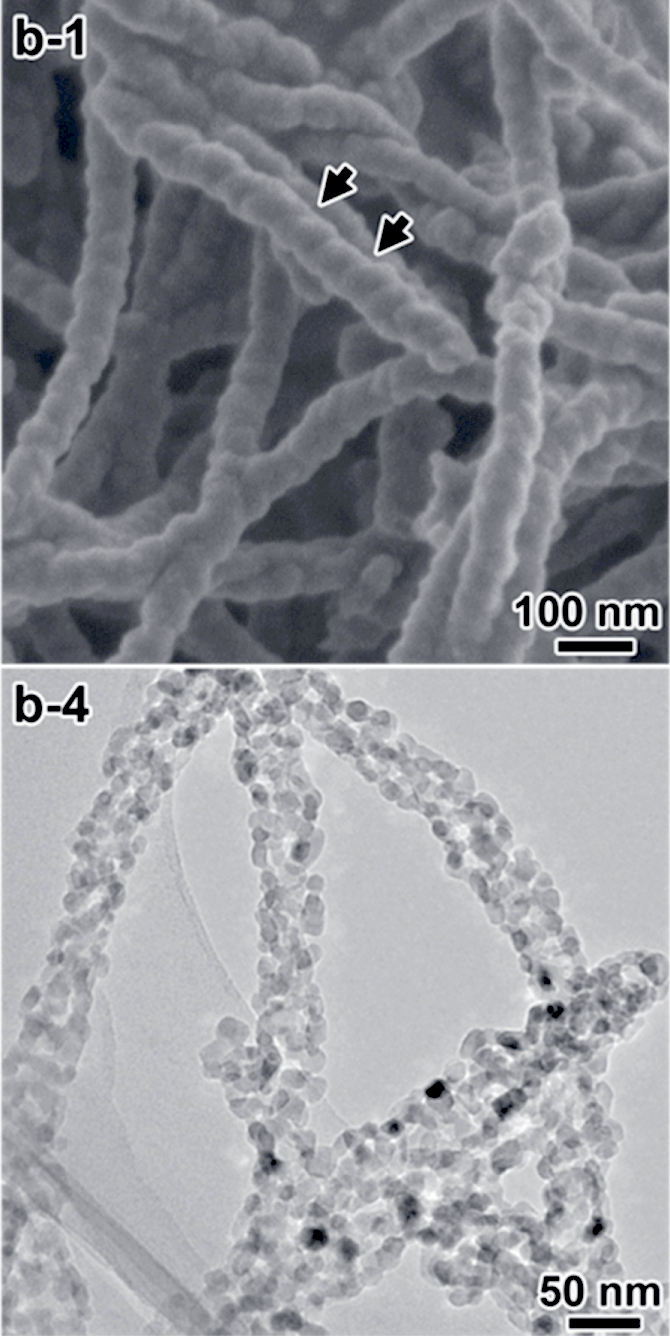titanium butoxide on:
[Wikipedia]
[Google]
[Amazon]
Titanium butoxide is a metal alkoxide with the

formula
In science, a formula is a concise way of expressing information symbolically, as in a mathematical formula or a ''chemical formula''. The informal use of the term ''formula'' in science refers to the general construct of a relationship betwe ...
Ti(OBu)4 ( Bu = –CH2CH2CH2CH3). It is a colorless odorless liquid although aged samples can appear yellowish. Owing to hydrolysis, samples have a weak alcohol-like odor. It is soluble in many organic solvents. Decomposition in water is not hazardous, and therefore titanium butoxide is often used as a liquid source of titanium dioxide, which allows deposition of TiO2 coatings of various shapes and sizes down to the nanoscale.
Titanium butoxide is often used to prepare titanium oxide materials and catalysts.
Structure and synthesis
Like most titanium alkoxides (exception: titanium isopropoxide), Ti(OBu)4 is not a monomer but exists as a cluster (see titanium ethoxide). Nonetheless it is often depicted as a simple monomer. It is produced by treatingtitanium tetrachloride
Titanium tetrachloride is the inorganic compound with the formula . It is an important intermediate in the production of titanium metal and the pigment titanium dioxide. is a volatile liquid. Upon contact with humid air, it forms thick clouds o ...
with butanol
Butanol (also called butyl alcohol) is a four-carbon alcohol with a formula of C4 H9 OH, which occurs in five isomeric structures (four structural isomers), from a straight-chain primary alcohol to a branched-chain tertiary alcohol; all are a bu ...
:
:TiCl4 + 4 HOBu → Ti(OBu)4 + 4 HCl
The reaction requires base to proceed to completion.
Reactions
Like other titanium alkoxides, titanium butoxide exchanges alkoxide groups: :Ti(OBu)4 + HOR → Ti(OBu)3(OR) + HOBu :Ti(OBu)3(OR) + HOR → Ti(OBu)2(OR)2 + HOBu etc. For this reason, titanium butoxide is not compatible with alcohol solvents. Analogous to the alkoxide exchange, titanium butoxide hydrolyzes readily. The reaction details are complex, but the overall process can be summarized with this balanced equation. :Ti(OBu)4 + 2 H2O → TiO2 + 4 HOBu Diverse oxo-alkoxo intermediates have been trapped and characterized. Pyrolysis also affords the dioxide: :Ti(OBu)4 → TiO2 + 2 Bu2O Titanium butoxide reacts with alkylcyclosiloxanes. With ocatamethylcyclotetrasiloxane it produces dibutoxydimethylsilane, 1,5-dibutoxyhexamethyltrisiloxane, 1,7-dibutoxyoctamethyltetrasiloxane, 1,3-dibutoxytetramethyldisiloxane and polymers. With hexamethylcyclotrisiloxane it also produces dibutoxydimethylsilane.
Safety
LD50 is 3122 mg/kg (rat, oral) and 180 mg/kg (mouse, intravenal). Titanium butoxide is a corrosive, flammable liquid which reacts violently with oxidizing materials. It is incompatible with sulfuric and nitric acids, inorganic hydroxides and peroxides, bases, amines, amides, isocyanates and boranes. It is irritating to skin and eyes, and causes nausea and vomiting if swallowed. LD50 is 3122 mg/kg (rat, oral) and 180 mg/kg (mouse, intravenal); flash point is 77 °C. When heated it emits irritating fumes, which form explosive mixtures with air at concentrations above 2 vol%.References
{{Titanium compounds Titanium(IV) compounds Alkoxides